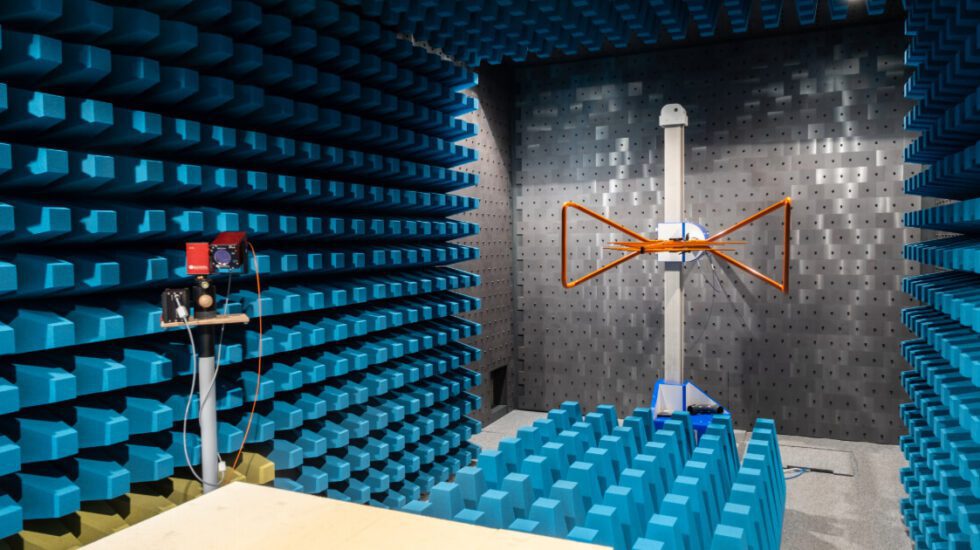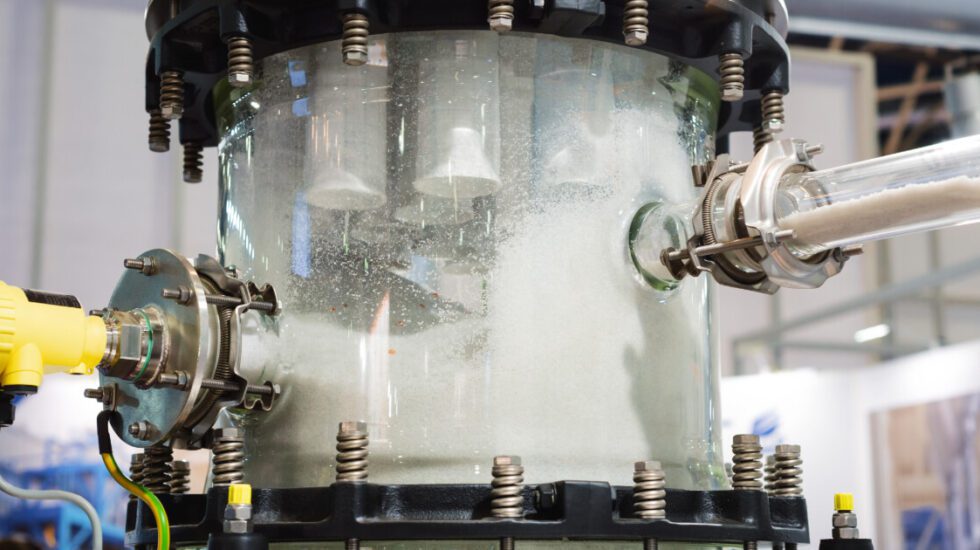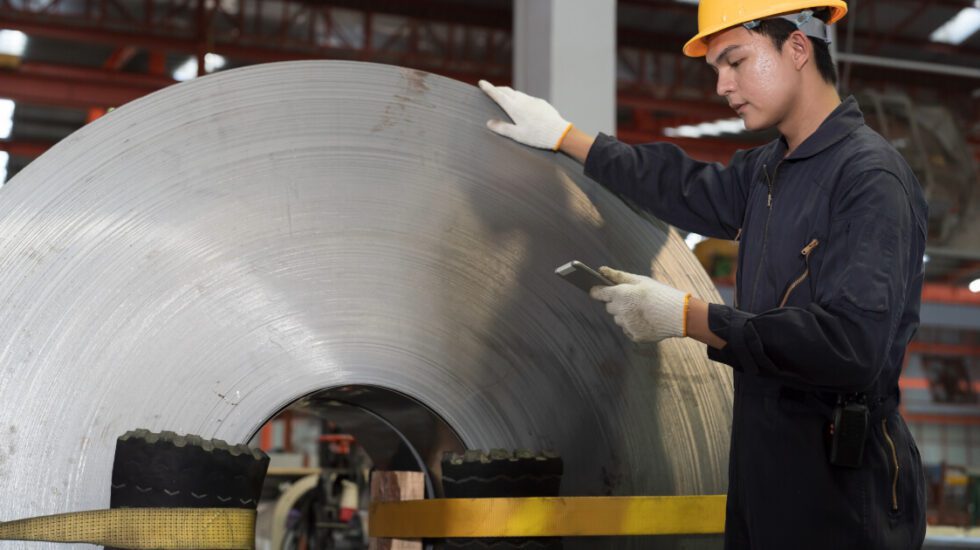SR&ED Opportunities in Precision Light Alloy Sand Casting for Aerospace
Precision light alloy sand casting in aluminum and magnesium plays a crucial role in the aerospace and specialty manufacturing industries. This process enables the production of lightweight, high-strength components required for advanced engineering applications. However, achieving the necessary precision, durability, and performance presents significant technological challenges. Companies engaged in research and development (R&D) to overcome these challenges may qualify for Scientific Research & Experimental Development (SR&ED) tax incentives.
Navigating Technological Uncertainty in Light Alloy Sand Casting
The development and optimization of aluminum and magnesium alloy sand casting involve complex material science, process control, and quality assurance efforts. Several areas of technological uncertainty can arise, making certain R&D activities eligible for SR&ED claims.
Alloy Formulation and Optimization
Aerospace applications demand alloys with exceptional strength-to-weight ratios, corrosion resistance, and thermal stability. However, refining alloy compositions to meet these stringent requirements is a major challenge.
-
Manufacturers must experiment with different alloying elements to enhance properties like tensile strength, creep resistance, and fatigue life.
-
The interactions between alloying elements, cooling rates, and solidification processes require extensive testing and iterative improvements.
-
Achieving the right balance between lightweight properties and mechanical integrity often involves trial and error, making it a key area of SR&ED eligibility.
Innovating the Sand Casting Process
The sand casting process for aluminum and magnesium requires precise control over variables such as mold design, pouring temperature, and cooling rates to prevent defects like porosity, shrinkage, and warping.
-
Engineers often explore new mold materials and coatings to enhance surface finish and minimize contamination.
-
Adjusting casting parameters to accommodate thin-walled structures or complex geometries demands rigorous testing.
-
The integration of computer-aided simulation tools for process modeling and defect prediction can involve substantial research and refinement.
Quality Assurance and Non-Destructive Testing (NDT)
Ensuring flawless casting quality is critical in aerospace applications, where even microscopic defects can compromise structural integrity. Developing or refining non-destructive testing (NDT) techniques presents technological challenges.
-
Standard X-ray and ultrasonic testing methods may not effectively detect internal defects in certain light alloy castings, necessitating new imaging techniques.
-
Researchers experiment with real-time in-process monitoring systems to identify defects during casting rather than post-production.
-
Fine-tuning inspection methods to ensure reliability without compromising production efficiency requires ongoing innovation.
Material Characterization and Performance Testing
Aerospace components must withstand extreme conditions, including high temperatures, mechanical stress, and corrosive environments. Testing and characterizing the behavior of precision light alloy castings under real-world conditions involves significant R&D.
-
Developing custom thermal cycling and mechanical fatigue tests tailored to magnesium and aluminum alloys can be an SR&ED-eligible activity.
-
Exploring post-casting treatments, such as heat treatment and surface coatings, to enhance material properties requires experimentation.
-
Understanding how microstructural changes affect long-term performance is essential for ensuring compliance with aerospace standards.
Sustainable Manufacturing and Environmental Considerations
Sustainability is an increasing focus in modern manufacturing, and optimizing the environmental impact of sand casting presents opportunities for innovation.
-
Companies may experiment with eco-friendly sand binders, biodegradable mold materials, or advanced recycling techniques for excess metal.
-
Reducing energy consumption in melting and casting processes without sacrificing precision is an ongoing challenge.
-
Investigating low-emission casting methods and waste minimization strategies can lead to breakthroughs in sustainable manufacturing.
Maximize Your SR&ED Potential with Ayming Canada
If your company is engaged in precision light alloy sand casting in aluminum and magnesium, you could be eligible for valuable SR&ED tax incentives. At Ayming Canada, we specialize in helping manufacturers navigate the complexities of the SR&ED program, ensuring you maximize your claim while staying compliant with government regulations.
Ready to explore your SR&ED opportunities? Contact Ayming Canada today to schedule a consultation and discover how your R&D activities can drive innovation—and financial benefits—for your business.
Contact us today!
One of our experts will be in touch shortly.














No Comments